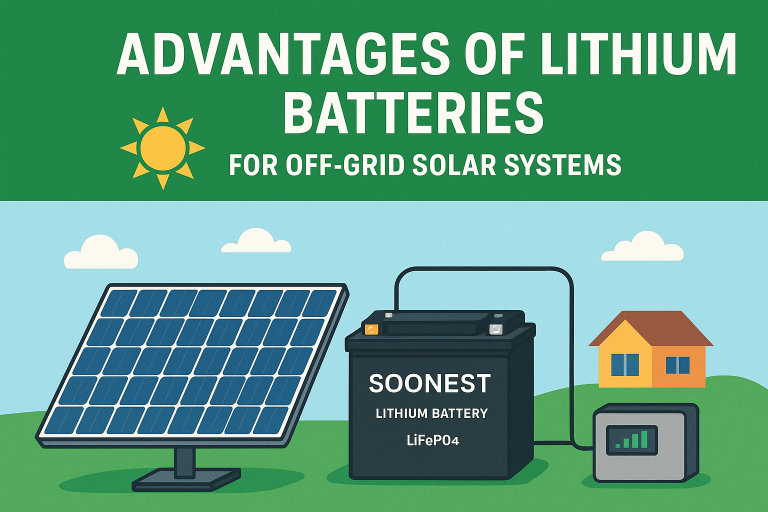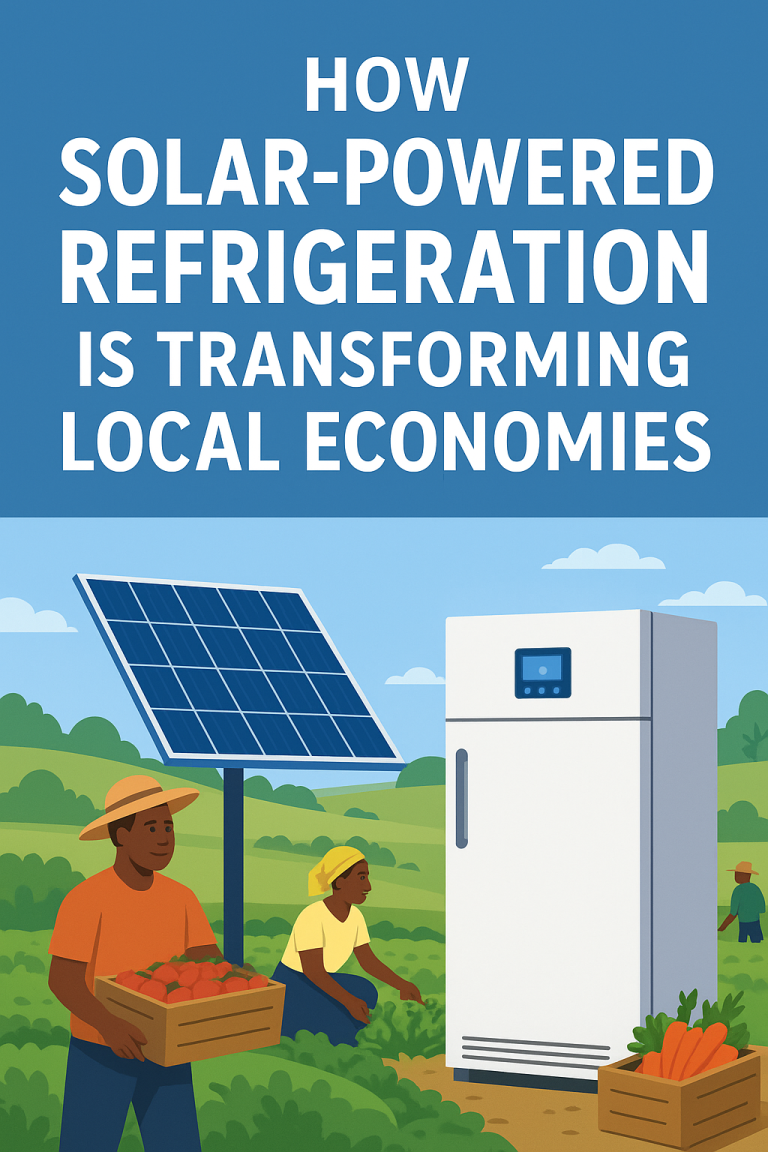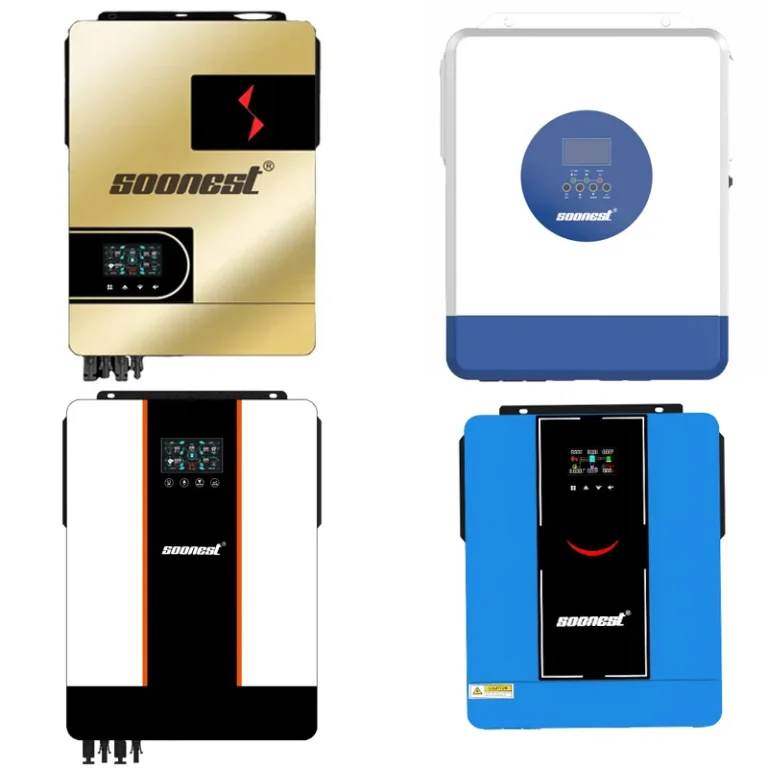O armazenamento da energia solar é vital para sistemas modernos de energia, assegurando um abastecimento de energia constante e confiável apesar da natureza intermitente do sol. Ao capturar e armazenar excesso de energia solar, esses sistemas fornecem reforços durante desvios, reduzem a dependência da rede e baixos custos através da transferência de carga. De baterias de ións de lítio para soluções térmicas e mecânicas, tecnologias de armazenamento aumentam a eficiência e apoiam objetivos verdes. Este artigo explora como os sistemas de armazenamento de energia solar funcionam, seus benefícios e como escolher o certo para suas necessidades, com vistas sobre As soluções confiáveis do mais cedo e tendências emergentes como AI e projetos modulares para provar seu investimento no futuro.
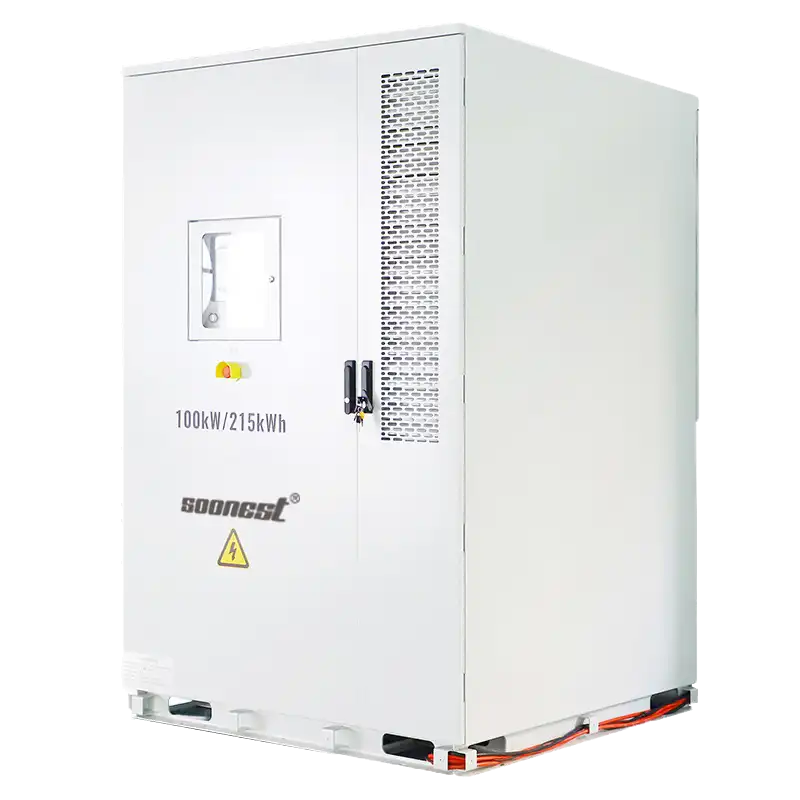
Solar’ s Intermittency e a necessidade de reforço confiável
O poder solar, embora ecológico e sustentável, não sempre está disponível porque depende da luz solar. Essa inconsistência planta problemas para manter a eletricidade estável. Durante horas solares, os painéis solares produzem energia que é usada imediatamente. Qualquer extra é guardado em baterias ou enviado de volta à rede. Quando é escuro ou a rede falha, o sistema passa para bateria de segurança em modo desligado. Esses sistemas de armazenamento de energia solar assegurar que o poder permaneça ligado, mesmo em dias escuros ou à noite. Eles ajudam a energia solar a se tornar uma parte s ólida da configuração energética de hoje.
Independência da rede e transferência de carga para melhorar a eficiência
As soluções de armazenamento reforçam a liberdade da rede deixando as pessoas economizar energia solar excedentária para mais tarde. Sistemas de armazenamento de energia solar fora da rede são frequentemente usados em lugares com desligações regulares ou nenhuma conexão de rede. Eles também são úteis onde a energia de uso próprio custa muito, ou as taxas de pico-tempo são muito mais elevadas que as fora do pico. Esta configuração suporta a mudança de carga. Você pode baterias de carga quando a demanda é baixa e usa a energia armazenada durante horas ocupadas. Ele corta os custos e alivia a pressão na rede.
Incentivos regulatórios para conduzir a armazenagem Adopção
Por todo o mundo, líderes estão desenvolvendo regras e recompensas para acelerar o uso do armazenamento de energia solar. Pensem em coisas como bónus em dinheiro, reduções fiscais e exigências para misturar energia renovável. O sistema de armazenamento solar ligado à rede ajuda a lidar com mais energia renovável e reduzir o estresse na rede durante os tempos máximos. Essas políticas impulsionam metas verdes para frente e tornam os projetos de armazenamento solar-mais valem o dinheiro.
Como funcionam sistemas de armazenamento solar baseados na bateria?
As instalações de bateria mantêm eletricidade feita por painéis solares para uso mais tarde. Vamos olhar para três tipos principais de baterias nesses sistemas.
Batérias de lítio-ião: alta eficiência e escalabilidade para uso residencial e comercial
Baterias de ións de lítio são a melhor escolha para casas e negócios. Eles embalam muita energia, duram muito tempo, e cargam rapidamente. Usando a tecnologia do lítio-ferro, nossa bateria solar em casa não tem quase risco de incêndio. É uma grande escolha para qualquer um que quiser tirar o máximo da sua instalação solar. Essas baterias funcionam bem para pessoas que precisam de sistemas pequenos e inteligentes para gerenciar energia.
Batérias de ácido chumbo: Efeitivas em custo, mas limitadas pelo ciclo de vida
As baterias de ácido de chumbo são mais baratas mas não duram tanto tempo. Eles também não podem descarregar tanto poder. Eles se encaixam melhor para pequenos projetos ou como backups quando economizar dinheiro importa mais do que melhor desempenho.
Batérias de fluxo: armazenamento de longa duração com capacidade flexível
As baterias de fluxo mantêm energia em soluções líquidas dentro de tanques separados. Seu design permite ajustar o tamanho de energia e armazenamento sozinhos. Eles não são frequentemente usados em casas por causa de sua massa e preço. Mas eles estão crescendo em grandes projetos que precisam de energia armazenada por um longo intervalo.
Por que os sistemas de armazenamento de energia térmica estão ganhando atenção?
Métodos de retenção de calor em projetos de energia solar concentrada
O armazenamento de energia t érmica, ou TES, pega calor de centrales solares concentradas usando coisas como sal fundido ou materiais especiais que mudam de forma. Este calor pode se transformar em eletricidade quando o sol não está fora. O TES permite que essas plantas enviem energia, tal como os combustíveis fósseis da antiga escola.
Integração com Processos Industriais para Maximizar a Saída
As instalações de TES podem ligar diretamente ao trabalho fábrico que precisa de muito calor. Essa ideia de duplo propósito aumenta a eficiência. Também ajuda a cortar carbono em indústrias de calor pesado como a produção de aço ou cimento.
Que papel a armazenagem mecânica desempenha em aplicações solares?
Dependente do sítio
O armazenamento hidrográfico em bomba é um método mecânico bem conhecido. Ela bombeja água em cima de uma colina quando há energia extra e deixa cair para produzir eletricidade quando necessário. Mas só funciona em pontos com a paisagem certa, como colinas e acesso à água.
Sistemas Flywheel: Soluções de alta energia de curto prazo
Os saltos voadores economizam energia girando rotores rápidos. Eles reagem rapidamente e são ótimos para equilibrar níveis de energia, não armazenamento a longo prazo. Suas rápidas explosões se pareçam bem com a energia solar para lidar com mudanças súbitas.
Como você pode escolher o sistema de armazenamento certo para seu projeto?
Coincidir o tipo de sistema com a escala de perfil e aplicação de carga
Escolhar os melhores sistemas de armazenamento de energia solar depende de suas necessidades. Você está usando isso em casa, para um negócio, ou um grande equilíbrio de rede? Quanto tempo você precisa de poder sozinho? - Configurações solares fora da rede são feitas para lugares sem rede ou muitos esgotos.
Análise de custo-benefício incluindo as linhas de tempo CAPEX, OPEX e ROI
Um cheque de dinheiro completo deve olhar para os custos antecipados (CAPEX), custos de execução (OPEX), necessidades de manutenção, quanto tempo dura, usar com o tempo, e quando você verá um lucro (ROI). Comparado com configurações ligadas à rede, as fora da rede adicionam um controlador e bateria. Isso aumenta o custo em cerca de 30%-50%. Mas eles trabalham em mais lugares.
Onde o mais cedo se encaixa em sua estratégia de armazenamento solar?
Introduzir os sistemas de armazenamento de energia solar do mais cedo como um parceiro confiável
Logo traz painéis solares monocristalinos de alto nível que funcionam suavemente com opções de armazenamento de ponta. Esses são alguns dos painéis mais amados e comuns, especialmente para instalações de telhado. Eles absorvem muito bem a luz solar e coincidem com inversores híbridos para uso tanto da rede como fora da rede.
Quais são as tendências emergentes nas tecnologias de armazenamento de energia solar?
Sistemas híbridos combinando modalidades de armazenagem múltipla para flexibilidade
Configurações híbridas misturam baterias de ións de lítio com opções de fluxo ou térmica. Isso dá espaço de movimento para pequenas explosões ou longas necessidades de energia. Ela economiza dinheiro e mantém as coisas difíceis contra problemas.
Gestão da Energia baseada em AI Optimizando o desempenho em tempo real
Tecnologia inteligente com AI pode adivinhar necessidades de energia, se ajustar a mudanças de preços, problemas spot e ciclos de carga fina. Faz com que todos os sistemas de armazenamento de energia solar funcionem melhor quando necessário.
Como você pode provar seu investimento em armazenamento solar no futuro?
Desenhos modulares que permitem a expansão de capacidade em fase ao longo do tempo
Desenhos flexíveis de bateria deixem-nos adicionar mais armazenamento enquanto as necessidades crescem. Você não precisa jogar equipamentos velhos. Isso é muito útil para expandir negócios ou pequenas redes comunitárias.
Ferramentas de monitoramento que oferecem capacidades de manutenção preditiva
Sistemas de rastreamento de alta tecnologia mostram detalhes como calor da bateria, níveis de carga e contagem de uso. Isso ajuda a planejar reparações antes de as coisas quebrarem. Ela estira a vida de seu equipamento e reduz os riscos do tempo.
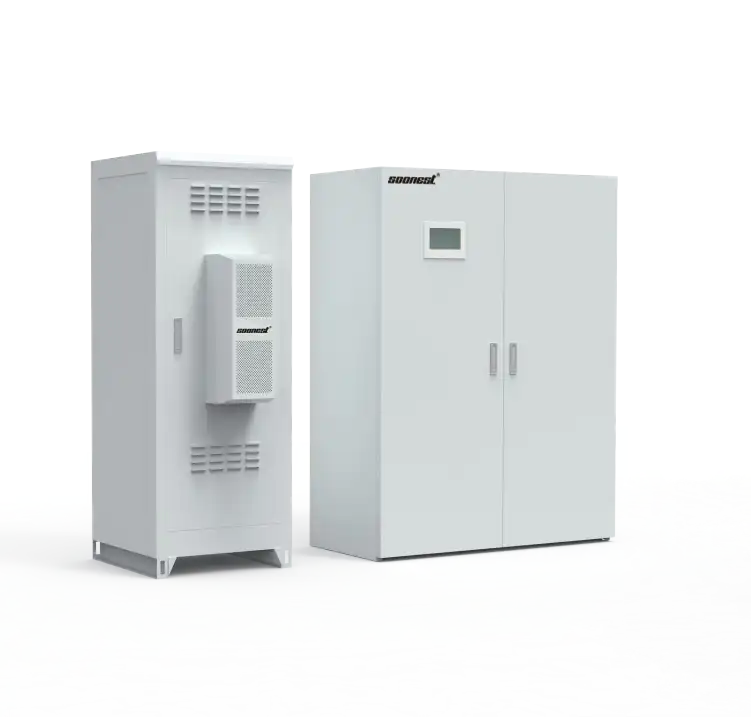
FAQ
Q1: Que tipo de bateria oferece a maior duração de vida?
As baterias de ións de lítio geralmente duram mais do que as de ácido de chumbo porque elas lidam com mais ciclos.
Q2: Os sistemas fora da rede são mais caros que os ligados à rede?
Comparado com configurações conectadas à rede, as fora da rede adicionam um controlador e bateria. O custo aumenta em cerca de 30%-50%.
Q3: Posso ajustar meu sistema fotográfico atual com armazenamento?
Sim, inversores híbridos facilitam a adição de unidades de bateria ao seu sistema solar existente.

